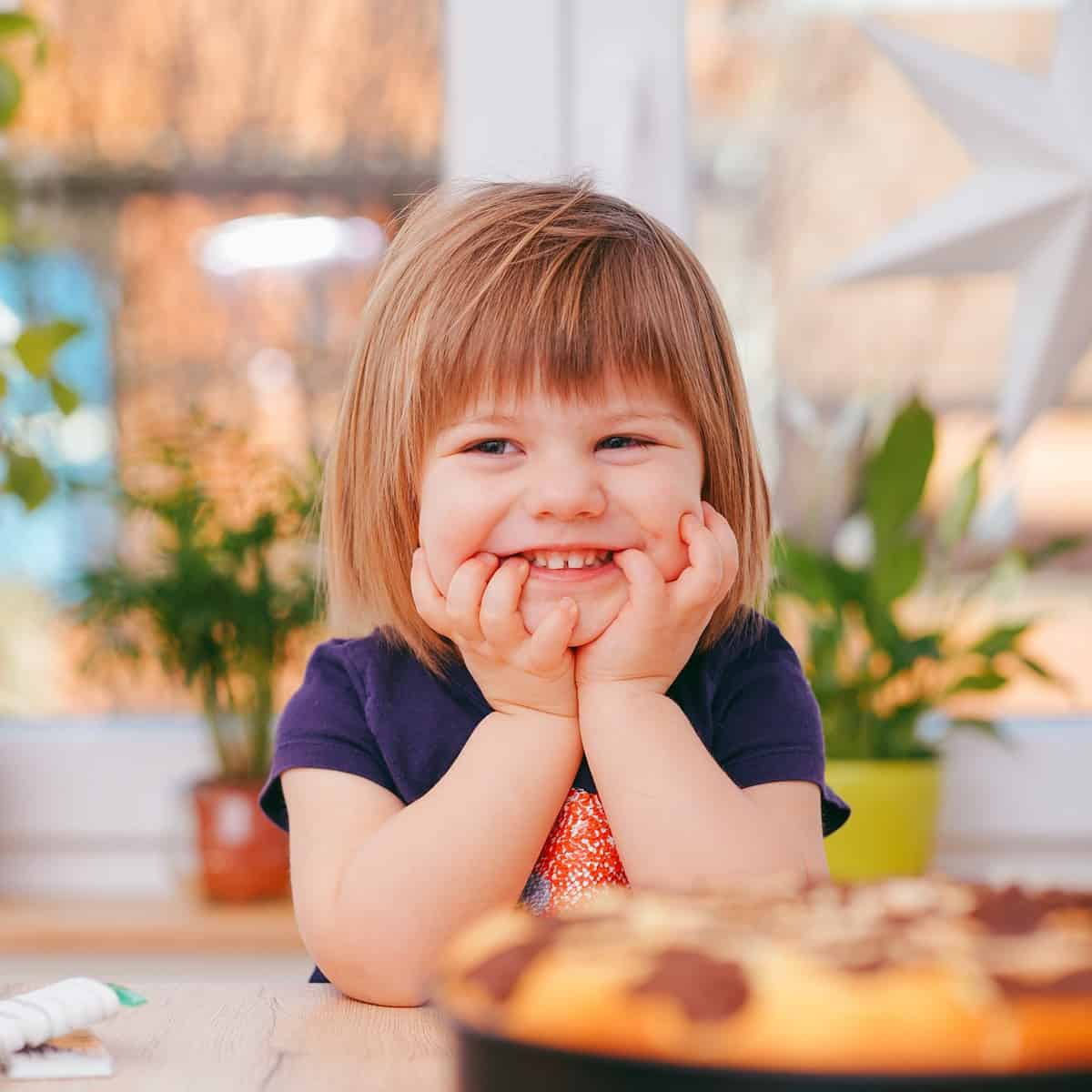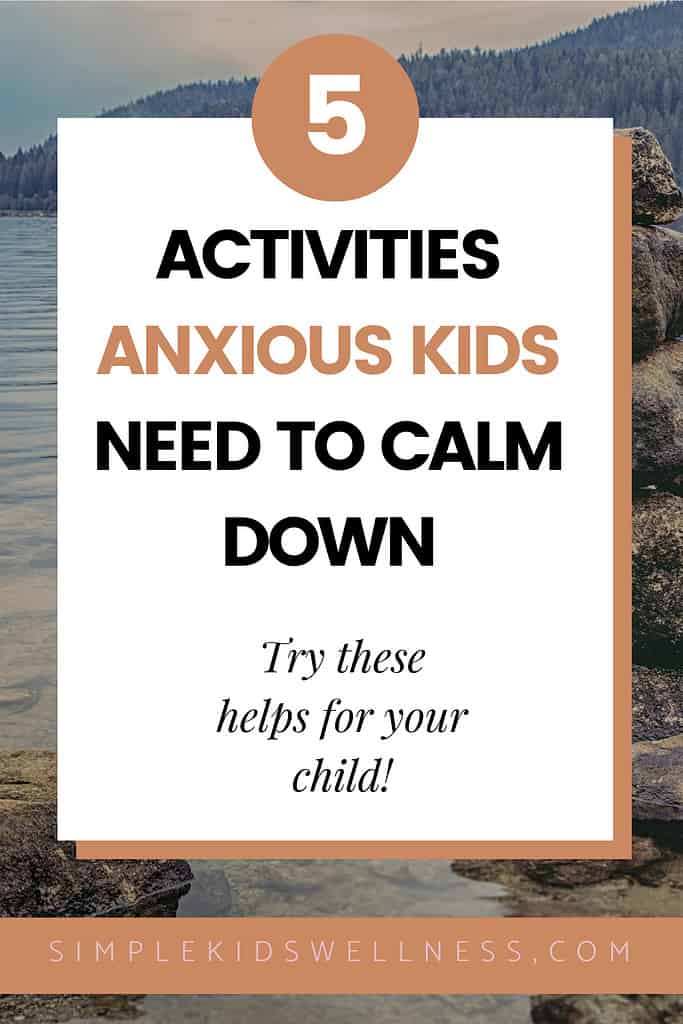5 Activities to Help Anxious Child Feel Happy Fast!
Mental health is just as important as physical health, and we must ensure our kids have the tools and support they need to thrive, especially when it comes to activities to help anxious child(ren).
As parents, we all want the best for our kids. We want them to be happy, healthy, and successful in life. But let’s be real, raising a child can be tough, especially when it comes to their mental health.
From bullying at school to social media pressure, kids face many challenges today that can affect their mental well-being. And, some kids are especially sensitive. But the good news is, there are things we can do as parents to support them and help them thrive.
First, Recognize the Early Signs of Mental Health Issues
The first step in supporting your child’s mental health is to be able to recognize the early signs of possibly serious mental health issues. According to the Mayo Clinic, some common signs of mental illness in children to look out for include:
- changes in eating habits,
- sudden weight loss,
- trouble sleeping,
- mood swings,
- social withdrawal,
- headaches or stomachaches
- and sudden changes in school performance.
If you notice any of these signs, it’s important to take them seriously and start having conversations with your child. These symptoms don’t always indicate a clinical disorder, but don’t brush them under the rug, especially if the activities to help anxious child(ren) listed below don’t seem to help.

Then, Open the Lines of Communication
One of the best safeguards against anxiety and mental health issues in children is developing emotional intelligence in kids. Helping them get in touch with their own feelings, the chatter in their heads, and the events that led to those thoughts and feelings goes a long way. So, perhaps the first and easiest of the activities to help anxious child(ren) is to simply talk with them. Encourage your child to talk to you about their thoughts, feelings, and experiences. Let them know that it’s okay to talk about their mental health and that they’re not alone. The more open and honest you are, the more likely they are to feel comfortable sharing with you.
The most important thing to remember about having these discussions with them is to simply listen. Just listen. No interrupting, interpreting, or judging. Just let them talk and ask them questions like:
- What do you wish had happened instead?
- What reasons might that person have had for acting that way?
- What does that tell you about that person (or event)?
- How can you handle that the next time?
Keep your child’s age in mind. Very young children might just need to cry about it and role play with dolls or action figures to work through their feelings.
Activities to Help Anxiety in Child(ren)
Get off the devices!
Not so much one of the activities to help anxious child(ren), but something to keep in mind is time on devices. Studies show that too much screen time correlates to higher rates of anxiety and depression in children. It also impacts their curiosity, creativity, self-control, and emotional stability. In addition, social media also negatively impacts mental health and wellness overall because of the constant comparing, pressure to conform, impossible standards, and general negativity. Set limits on screen time and encourage your child to engage in other activities to help anxious child(re), like reading, playing outside, or spending time with friends and family.
Exercise
Physical activity is one of those great activities to help anxious child(ren). Exercise releases endorphins, which are natural mood boosters, fighting depression and anxiety. Plus, exercise has also been shown to positively influence learning, problem solving, immunity, and healthy weight. Encourage your child to participate in physical activities that they enjoy, like playing sports, dancing, climbing, or going for walks. The more active they are, the better they’ll feel. Here are some favorites they can do right in your backyard!
Breathwork
A lot of us parents have heard of this as a type of mindfulness practice, but kids can do it, too. Learning how to do controlled deep breathing, closing their eyes and focusing on their breath, and regulating their breathing pattern can be one of the favorite activities to help anxious child(ren).
It is very simple and can be done anywhere, so it works well in the moment when they are feeling anxious. They can even stop at their desk at school and do it to calm themselves.
Sensory Play
Sometimes one of the best activities to help anxious child(ren) involves their senses, particularly something calming like pressing and pulling. Many children find pulling a rope or lifting weights help calm their frazzled feelings. Others really like it when a parent wraps them tightly in a blanket, like a big kid swaddling, or gives them a massage with firm touch. Here are some books to help you discover additional ways to help your child with anxiety and even other emotions:
Green Therapy
Spending time in nature has been shown to be very calming, especially in a heavily wooded area. But, even a beach or open prairie offers activities to help anxious child(ren). So, why not take your child for a hike in the woods or on a foraging expedition? Green therapy or ecotherapy reduces anxiety, depression, hyperactivity, stress, and even pain. Having an outdoor adventure might just be the thing that decompresses your child from all the negative emotions he’s feeling.
Animals
It’s no accident that hospitals bring in dogs to cheer up patients and help reduce anxiety. They are even now approved as therapy for autistic children and allowed to accompany them in stores and restaurants to help them with their anxiety. Cat cafes are even a thing! You can take your child to a cat cafe and just pet the cats while you enjoy a soda. Very calming. You may even fall in love with one and take it home.
And a Bonus–Bath Time!
A lavender bath may be just the thing for your child to calm her anxious feelings and relax at the end of the day. Lavender essential oil is a child-friendly, safe, oil to add to the bath or rub on the bottoms of the feet using a pre-diluted roll-on.
Lead by Example
It’s important to model healthy habits and behaviors for your child. One of these can be as simple as having a plan and saying no sometimes. You can even practice teaching kids how to use a planner so they know what to expect each day and learn to plan themselves. Another way to model healthy habits is taking care of your own mental health by engaging in self-care practices, like exercising, meditating, or seeing a therapist. Show your child that taking care of their mental health is important, and that it’s okay to reach out for help when they need it.
Seek Professional Help When Needed
If these activities to help anxious child(ren) don’t help or you find you have to use them a LOT, it may be time to look for professional help. A mental health professional can support and guide you and your child. They can also help identify any underlying mental health issues and provide treatment options.














